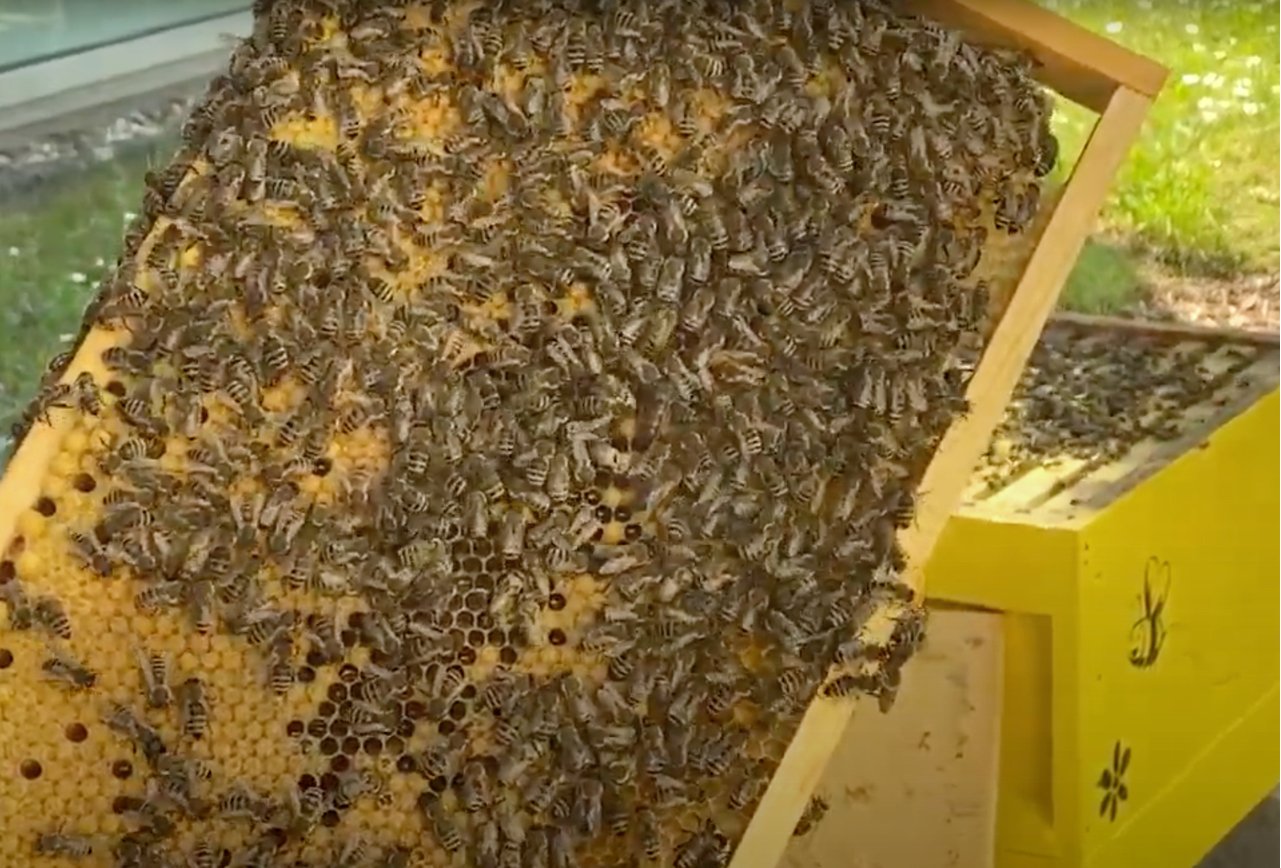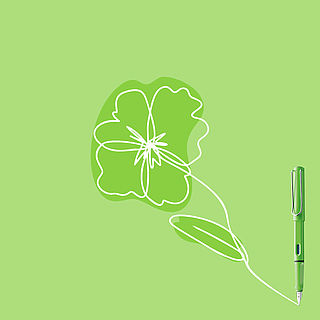Bees produce a variety of useful products.
A new home for honey bees
A busy colony of bees has found a home on the green area behind the Lamy-Galleria since March. In the shade of two trees stands a bright yellow beehive, which is regularly looked after by a knowledgeable regional beekeeper. With this special project, Lamy would like to make a small contribution to the very important protection of endangered honey bees. We will regularly report about our bees on our website.
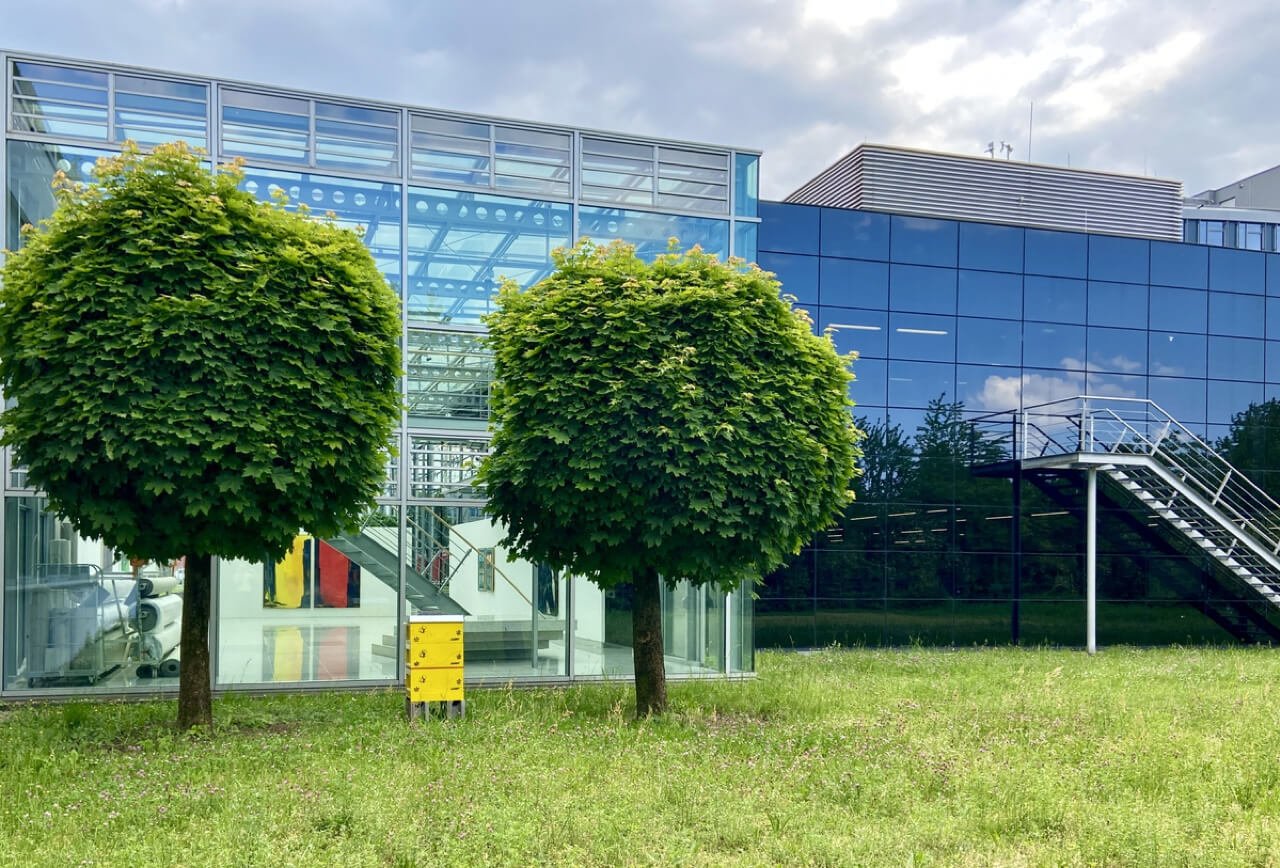
Already knew?
A colony of honey bees comprises up to 50,000 bees in a hive in the high season in early summer.
For one kilo of honey, a colony of bees has to fly to three to five million flowers, covering a total of around 100,000 kilometers.
The honey bee is considered the third most important livestock in this country – after pigs and cattle.
A worker bee produces two teaspoons of honey in its four to five week lifespan.
The Beehive
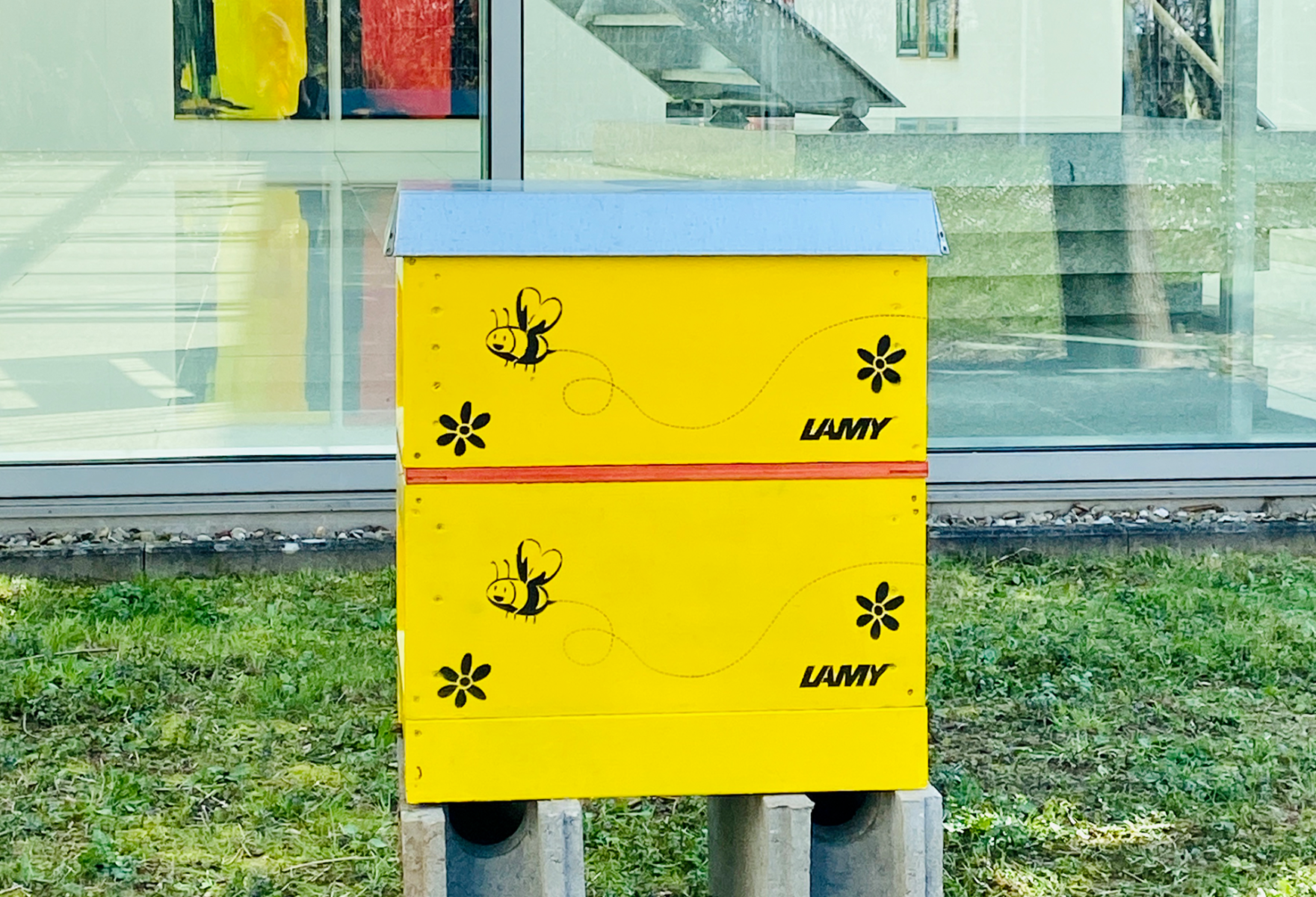
Our beekeeper provided us with a dwelling, a so-called hive, for our honey bees. Our loot consists of three wooden boxes (frames) stacked on top of each other, into which mobile wooden frames are embedded as the basis for the honeycomb construction. The entrance hole is in the bottom, the lid is removable.
The workers build honeycombs from the body's own beeswax in the wooden frame from top to bottom by sweating out small wax discs. 125,000 wax flakes are needed for 100 grams of beeswax. This can be used to build around 8,000 cells for storing pollen and honey and for raising the offspring.
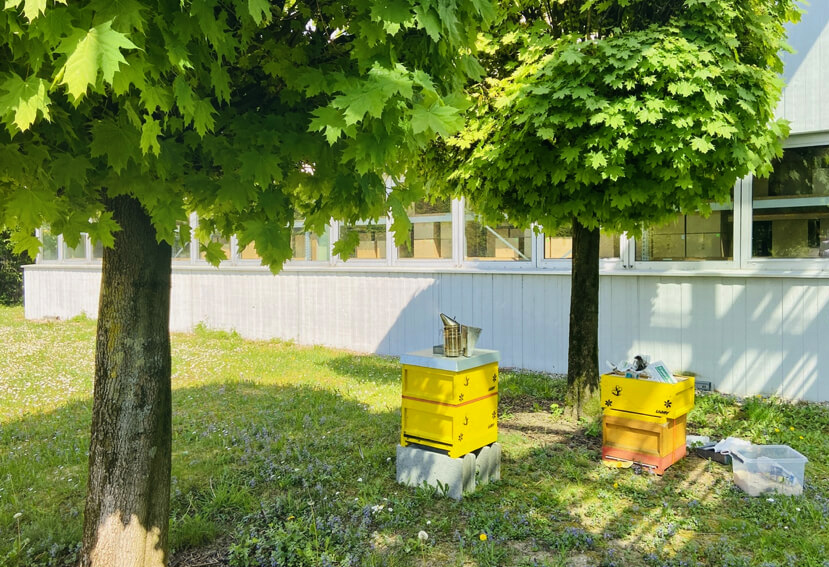
The Lamy Bee Year
April, May, June:
Weekly swarm checks
May/June:
Cupping + offshoot formation
Mid-May + early July:
Honey harvest and centrifuging
June-December:
Regular checks for varroa mite infestation
July-September: Topping up with sugar water
September: Varroa treatment part 2 December: Varroa treatment part 3
April: The first check
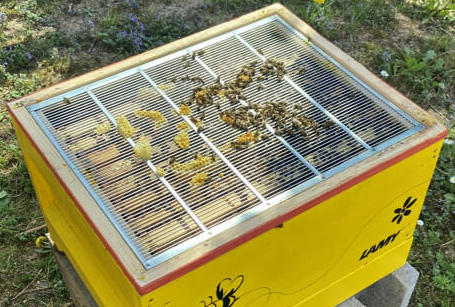
Our colony has doubled to 20,000 bees since delivery in March.
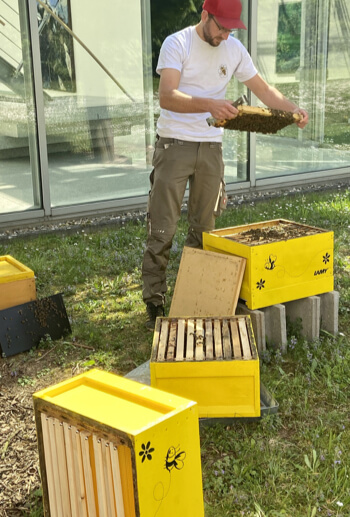
Control of the honeycombs by the beekeeper.
May: cupping + formation of offshoots

It's getting full in the beehive, the people want to swarm and new princesses (queen cells) are sighted.
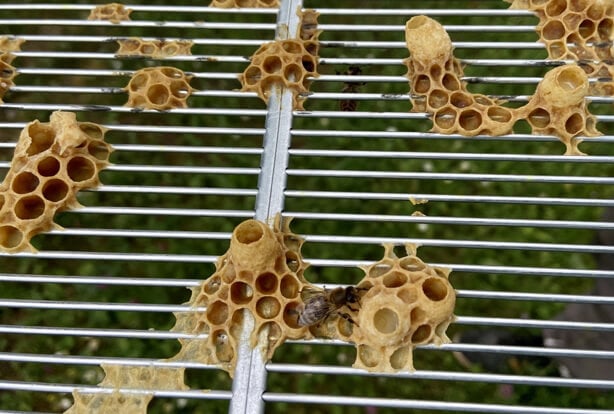
The beekeeper has to act: Two combs with bees are taken from the bee colony and unfortunately the queen cells have to be removed.
May 20: World Bee Day
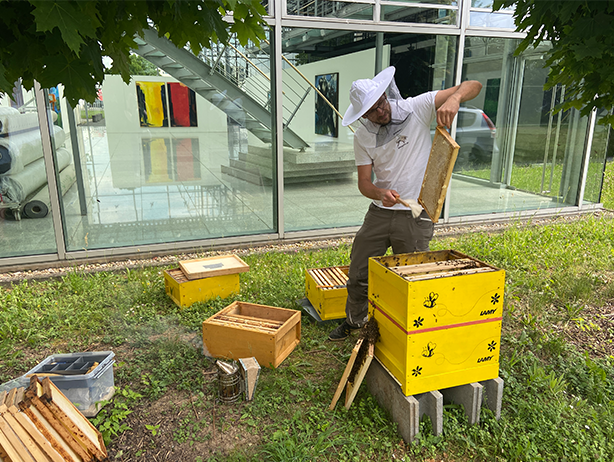
The first honey harvest just in time for World Bee Day.
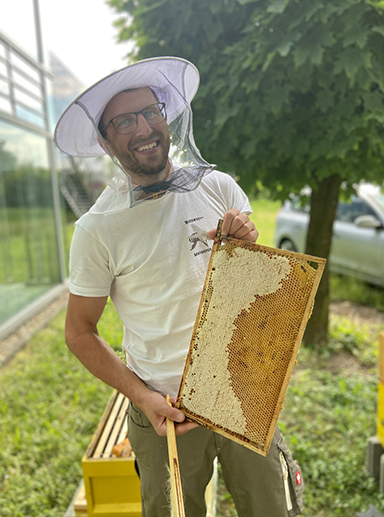
Beekeeper Jörg Staffel removes the first full honeycombs.
June
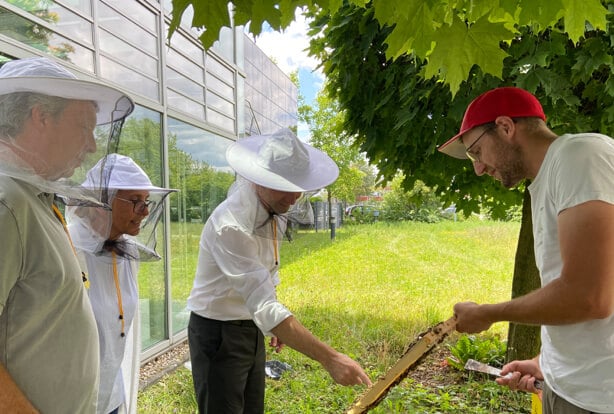
The summer honey tastes great, we expect the next harvest at the end of July.
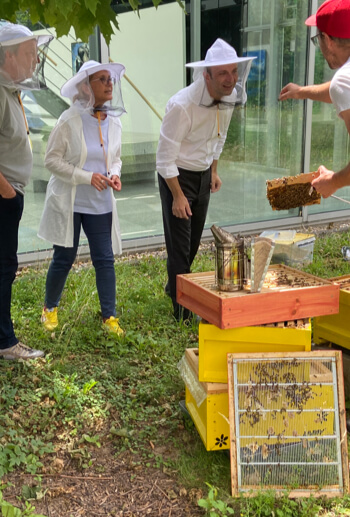
Bees are a matter for the boss! Official bee visit with the management.
July: The second honey harvest - the summer honey is harvested.
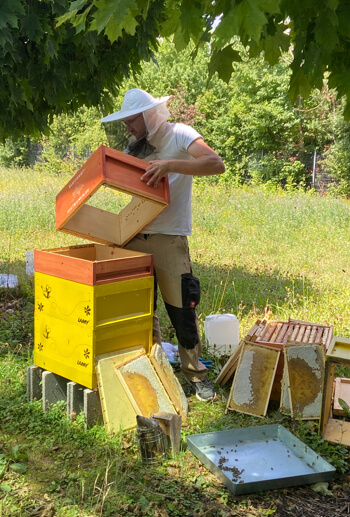
The beekeeper removes the combs with the honey.
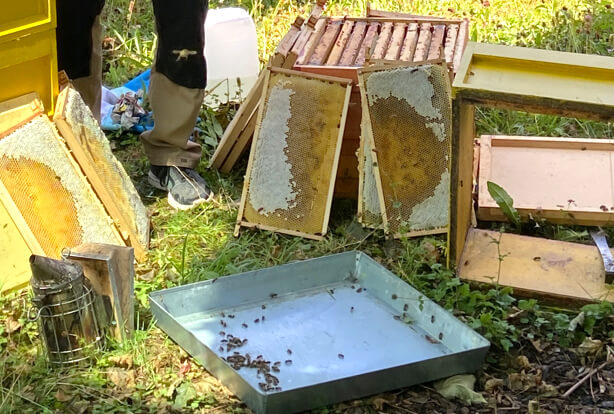
The bees are quickly but gently swept from the combs and prepared for transport. As a substitute for food, the honeycomb is filled with sugar water.
August: Our honey is ready!
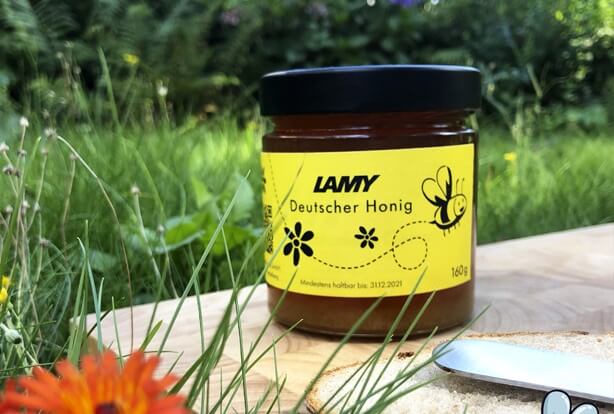
Golden yellow and extremely delicious - the Lamy honey is served!
Our hard-working, animal colleagues have really broken all records in the last few weeks and months. Not only did we have to expand the beehive, they also far exceeded our expectations for the honey harvest: 52 kg!!! But not only our bees were busy. At this point we would also like to thank our beekeeper Jörg Staffel from suedwest-mietbienen.de for his work!
But now it's time for a winter break and rest for spring 2021!
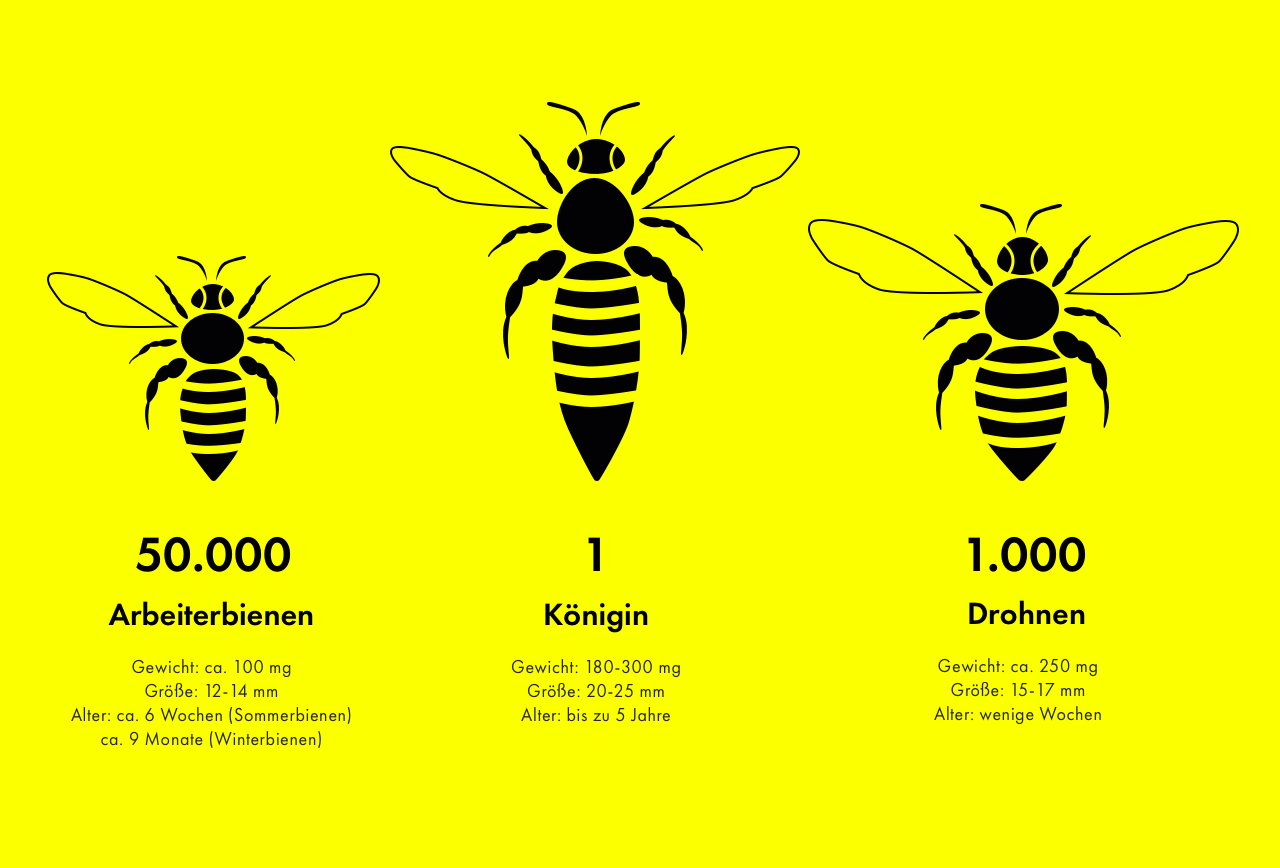
The Queen

Each nation has only one queen. She lives up to 5 years, during this time she is the only one who cares for the offspring and controls her roommates in the hive, she is also responsible for the "harmony" in the colony. Queens initially develop like workers, but unlike the other bee larvae, they are fed on a forage juice produced by the nurse bees, the nutritious royal jelly.
"A queen lays up to 2,500 eggs a day!"
Queens are larger than workers, but in our case, they're easy to spot - she's been marked with a green dot on her back.
The worker bees
The sterile workers make up the majority of the bee colony. They have many jobs in different areas, from brood care to nectar gathering. The worker bees have a poisonous sting that they only use to defend the colony - they are not aggressive.
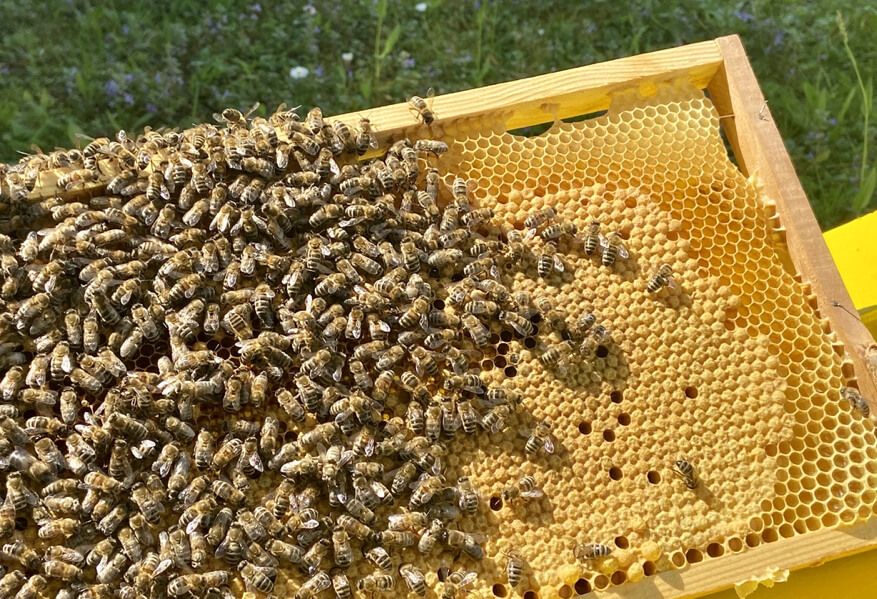
The tasks of the worker bees change with age:
1-2 days old – "young bee" cleaning cells3-8 days old - "nurse bee" feeding the larvae
9-12 days old first orientation flights before the flight hole
13-18 days old - "Building Bee" 'sweating out' the wax plates and building honeycomb
15-18 days old Acquisition of the nectar, processing into honey
19-21 days old - "Sentinel Bee" Guarding the flight hole and repelling wasps, predatory bees, humans and other intruders
from 22 days - "flying bee" collecting flights (nectar, pollen, putty resin, water) and odd jobs (building, shivering,
fanning the cool)
The drones
The male animal of honey bees is referred to as a drone or drone. Male bees have a very difficult time in the hive. After raising her, her sole purpose in life is to fertilize a queen. Once ,
they have completed this task, their lives end tragically.
Bee products
honey
Honey is food for bees and humans. It serves us as a sweetener and source of energy. Honey is also the best-known product of bees.

beeswax
A wax secreted by honey bees, which they use to build honeycomb. Beeswax is often used by humans in natural cosmetics and in pharmacy.
propolis
Is a putty resin with antibacterial and anti-inflammatory effects. It serves to protect the bees from invading microorganisms and prevents the spread of infections. Man uses it in naturopathy.
royal jelly
Is the royal feed juice. The juice is only intended for the queen bee, which she gets from the queen or larval age. In naturopathy, royal jelly is considered a high-quality tonic (appetite-stimulating) for humans.
bee venom
The honey bee's venom - injected through the bee stinger, which is used for defense. Bee venom is used worldwide in medicine and is used, among other things, to treat inflammatory joint diseases and rheumatism. The bee venom is deadly for bees themselves and is feared by most people because it is very painful and also dangerous for allergy sufferers. When the bee stings, its stinger remains in the skin with the venom sac. The bee sustains a fatal injury. Bees only sting when they feel threatened - basically they are peaceful.
bee pollen
Bee and flower pollen are the superfood for bees and humans. The pollen is a valuable source of protein and is valued by many people as a dietary supplement because of its positive effect.

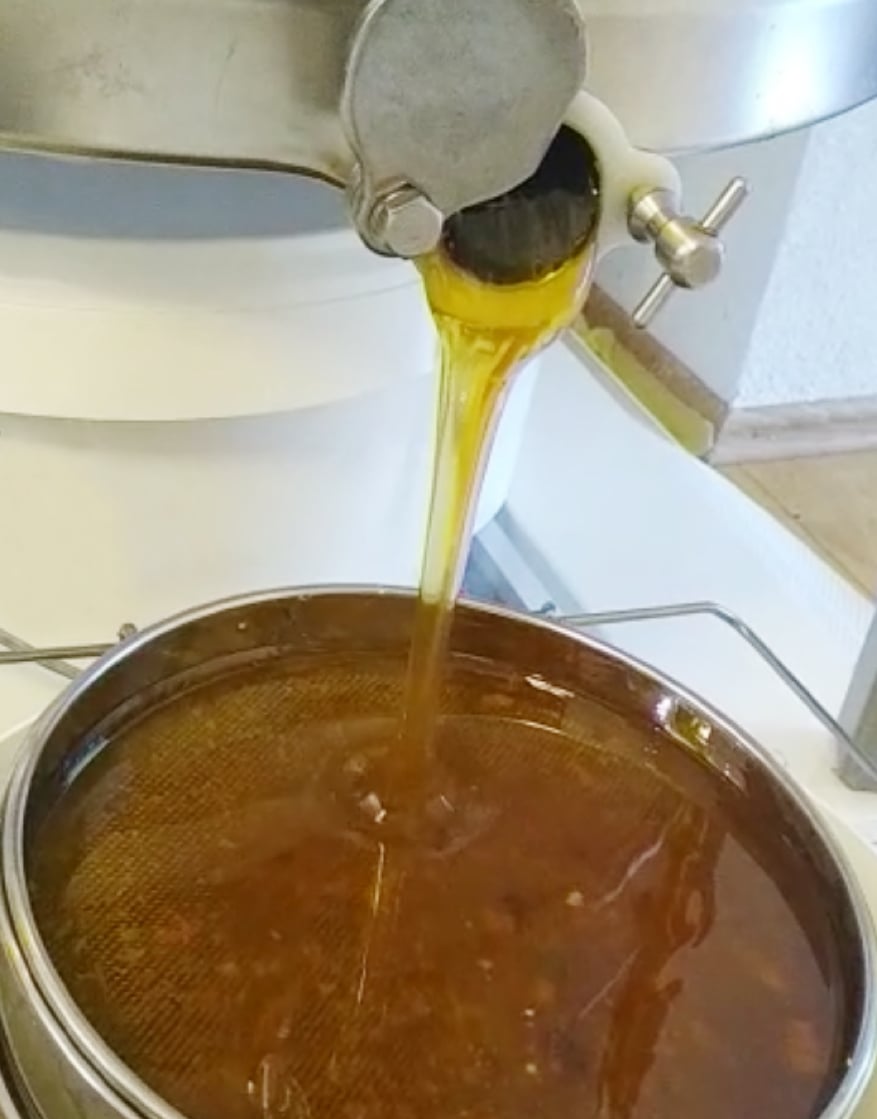
Honey - what's in it?
Honey is the sweet treat that beekeepers harvest from their bees. But what exactly does honey contain? The answer to this is complex, because in addition to sugar and water, it also contains minerals, trace elements, amino acids, enzymes and vitamins.
Of the substances mentioned, sugar makes up the main part at around 80%. It contains up to 20 different types of sugar, but above all the simple sugars fructose (fruit sugar) and glucose (dextrose). The second main component of honey is water, usually making up 15-20%.
In addition to these main components, there are other substances that make honey so valuable for our diet. These are vitamins, especially vitamin C, B2 and B6, minerals such as magnesium, potassium and calcium and trace elements such as iron and zinc.
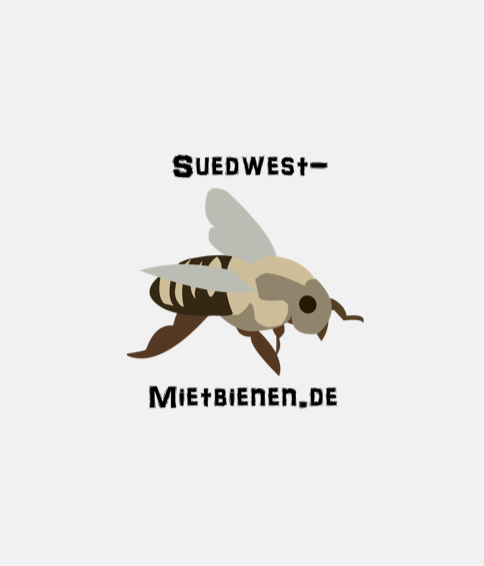
Southwest rental bees
Jörg Staffel
suedwest-mietbienen.de









